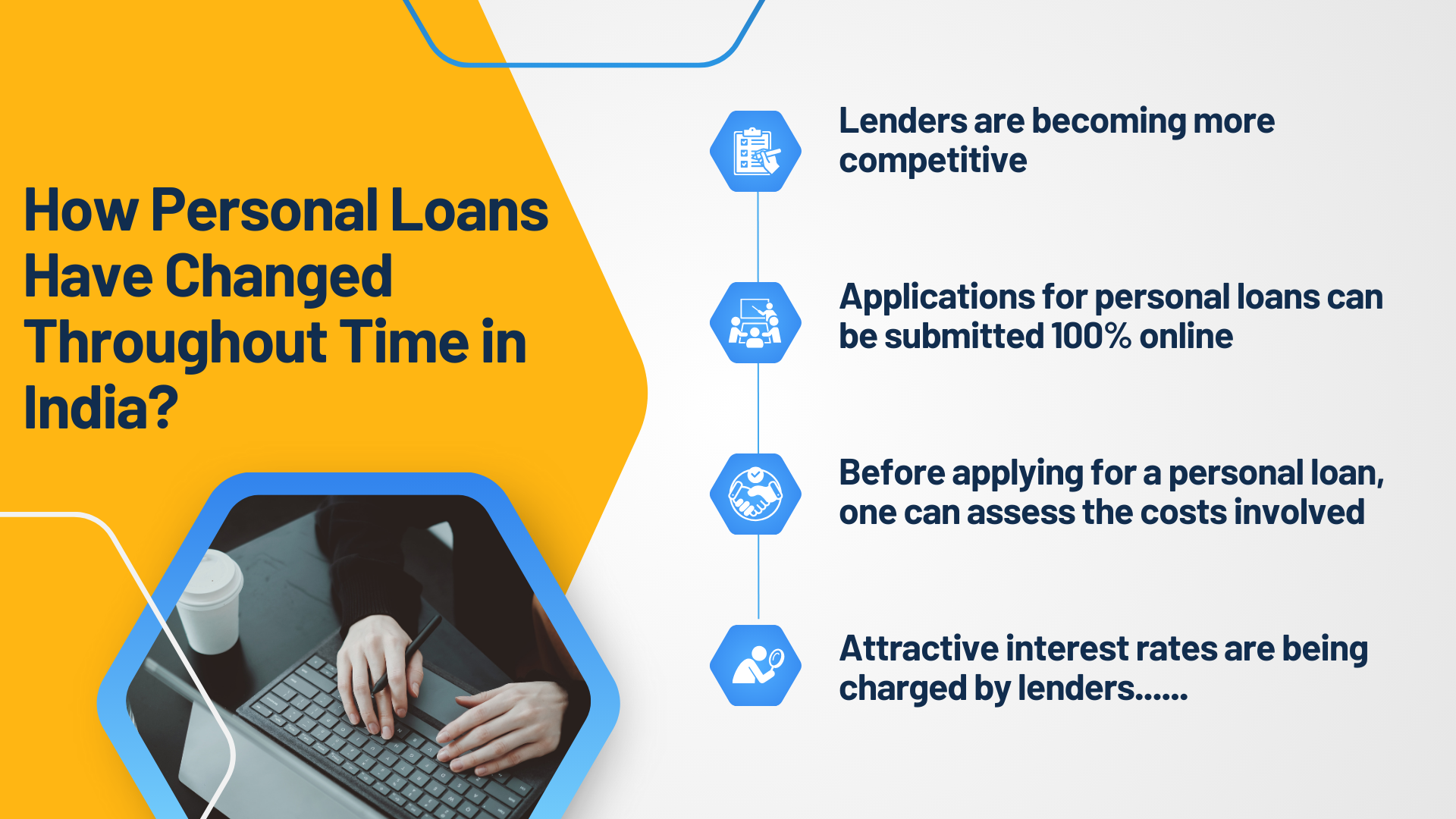Over the past ten years, data science has become a popular buzzword, and many businesses now use it in some capacity. The same holds true for banks.
Because of all the changes that have been occurring in the banking business, there is growing interest in using data analytics in this field. technology advancements, societal shifts in standards of living, and modifications in the market's dynamics.
With the development and use of data analytics, the banking sector has been able to streamline operations and optimise procedures, increasing productivity and competitiveness. Numerous banks are focusing on enhancing their data analytics, mostly to provide them an advantage over rivals or to forecast new trends that may have an impact on their industries.
Why Do Banks Need Data Analytics?
With our banks and other financial institutions, the majority of us have trustworthy relationships. Trust, commitment, and attentive service are the foundations of our relationships with banks. To make better judgments from data insights, however, good decision-making tools are now more important than ever due to the growing sophistication of banking services and products.
It is no longer possible to impact your businesses simply by looking at paperwork and numbers. To perform analysis and make better decisions, the banking industry must use its data.
You may maximise your profitability, as well as your company connections and customer service, by analysing data to help you make these decisions. Data analytics are necessary in this situation. You may get a more accurate picture of your business and operations by analysing your transactional data and documentation.
How Are Banks Using Data Analytics ?
Demand, supply, and risk management are the three main applications of data analytics in the financial and banking business.
Banks and other financial institutions are now leveraging data analytics in a more strategic way, as opposed to the conventional method, which involved creating reports and dashboards.
If clients are paying on time, banks want to know. They are interested in learning about credit card usage by their clients. Furthermore, they are interested in learning if customers are using specific bank products. As well as using a proactive rather than a defensive approach to security aspects monitoring.
The use of data analytics in banks and other financial institutions is still relatively new, despite its increasing use. Currently, not all banks and financial institutions use it in the same way, and it is not yet a standard procedure.
For instance, despite the misconception that credit scores are dynamic and constantly changing as a result of new information or the updating of old information, many individuals nevertheless believe that they are static, unchangeable figures.
Using analytics to manage the demand side of the equation in banks and other financial organisations
Customised advertising
The biggest difficulty facing financial institutions is controlling the demand side of the equation. Banks can profit from a system that provides them with access to customers they might not otherwise have by concentrating on their most lucrative clients. Banks must be aware of who their most lucrative clients are if they are to do this. Analytics are useful in this situation.
In the modern day, banks will make their marketing decisions based on data from a variety of sources.
Predicting lifetime value
Customer lifetime value (CLV) is a phrase used to describe how much money a customer is likely to spend with a bank during their lifetime. Contrary to the conventional understanding of brand value, which centers on the price a client is prepared to pay for a good or service, this viewpoint emphasises other factors.
Both of the customer value measurements must be taken into account for banks and other financial institutions to optimise their business strategies. Traditional analytics often concentrate on the first while disregarding the second, which can have a big influence on revenue. And it's not unexpected that CLV prediction has emerged as one of the most crucial instruments for determining the requirements and preferences of customers.
Recommendation tools
Banks and other financial institutions focus not just on how their current clients use the products they provide, but also on how to draw in new clients.
Banks and other financial institutions are employing analytics to create prediction models that take into account specific client attributes in order to manage the demand side of the equation. Like a credit score, income, etc., and things like geography, which can be used to assess customer behaviour trends. More personalisation of goods and services is made possible by the models' knowledge into the behaviour of various demographic groupings.
The most important aspect of all of these actions is that they are carried out without interfering with how your clients interact with your brand. Therefore, instead of just focusing on how to get people to buy from you, why not also consider how to keep their loyalty?
Conclusion
The efficient operation of financial institutions now heavily relies on data analytics. A little amount of data is created by combining all the reports and data. As soon as you have all of your data, you can quickly form conclusions.
It is more important to know how to go through the possibilities and pick the option that is best for you than why your company should employ data analytics.
Now is the time to start creating a data-driven organisation so you can better meet client requests.


